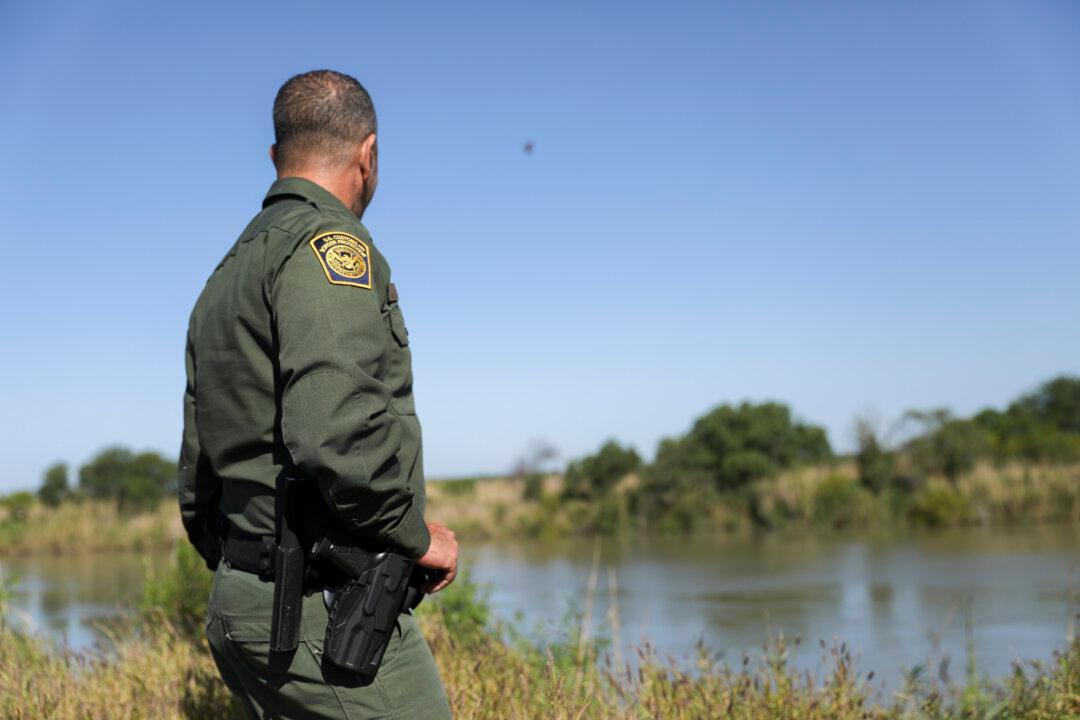The Pentagon said on April 26 that they are expecting to send about 300 additional troops to the U.S.-Mexico border.
Included among the group are roughly about 100 cooks who would be handing out meals to migrants. Previously, the Pentagon said there were no plans for U.S. forces to intersect with migrants as they support border agents dealing with illegal immigration. The new move appears to break with past policy for troops to avoid contact.





